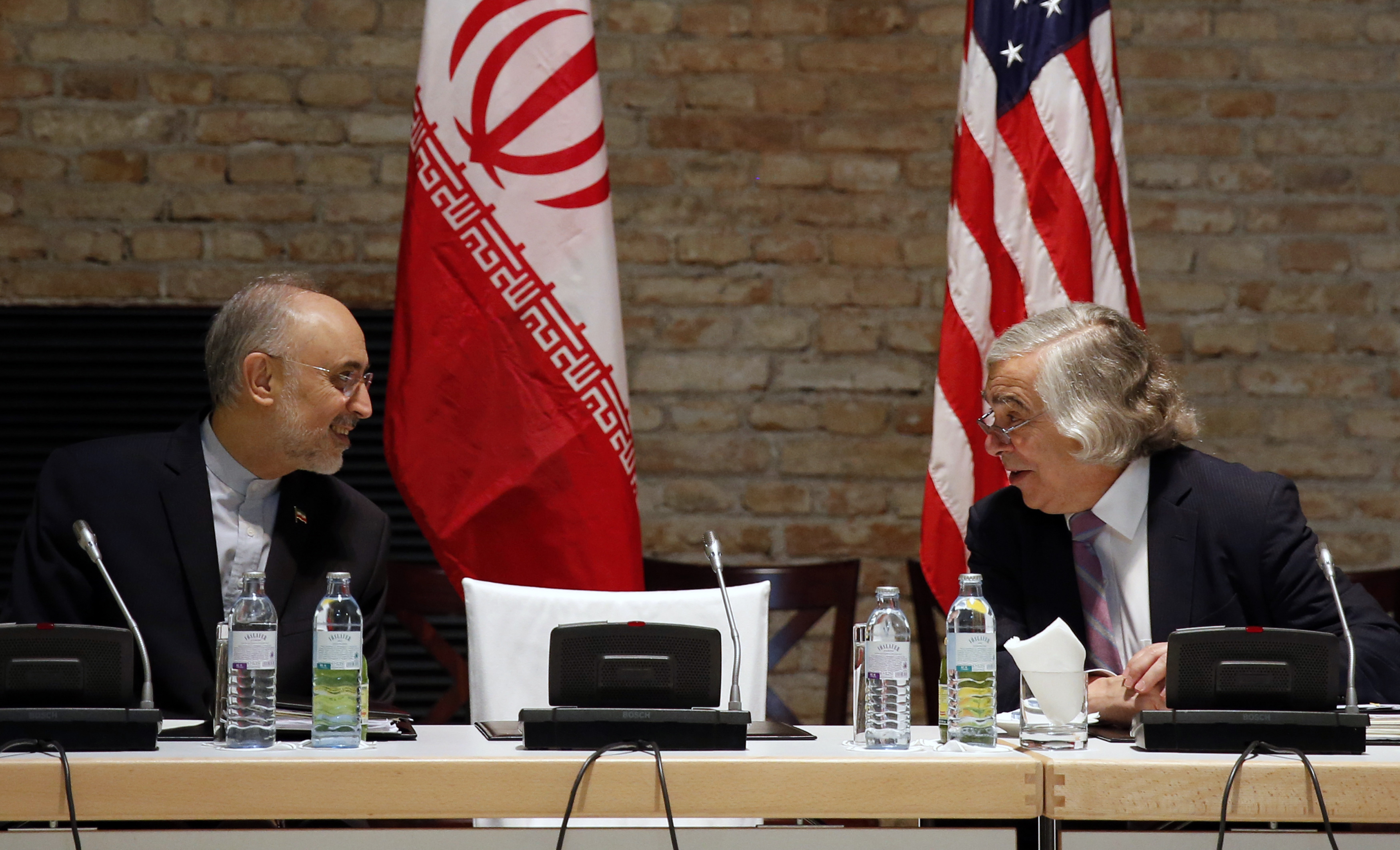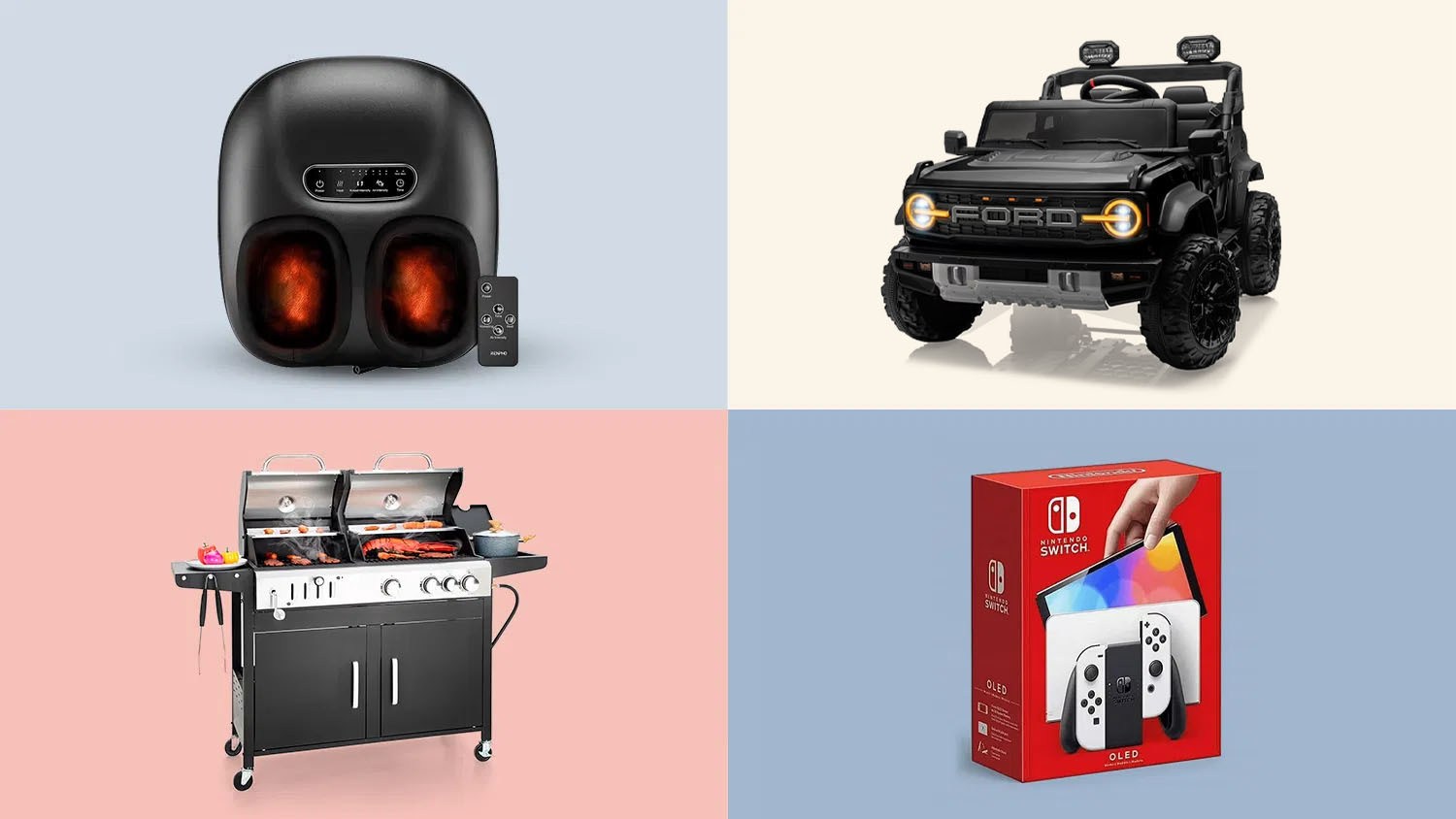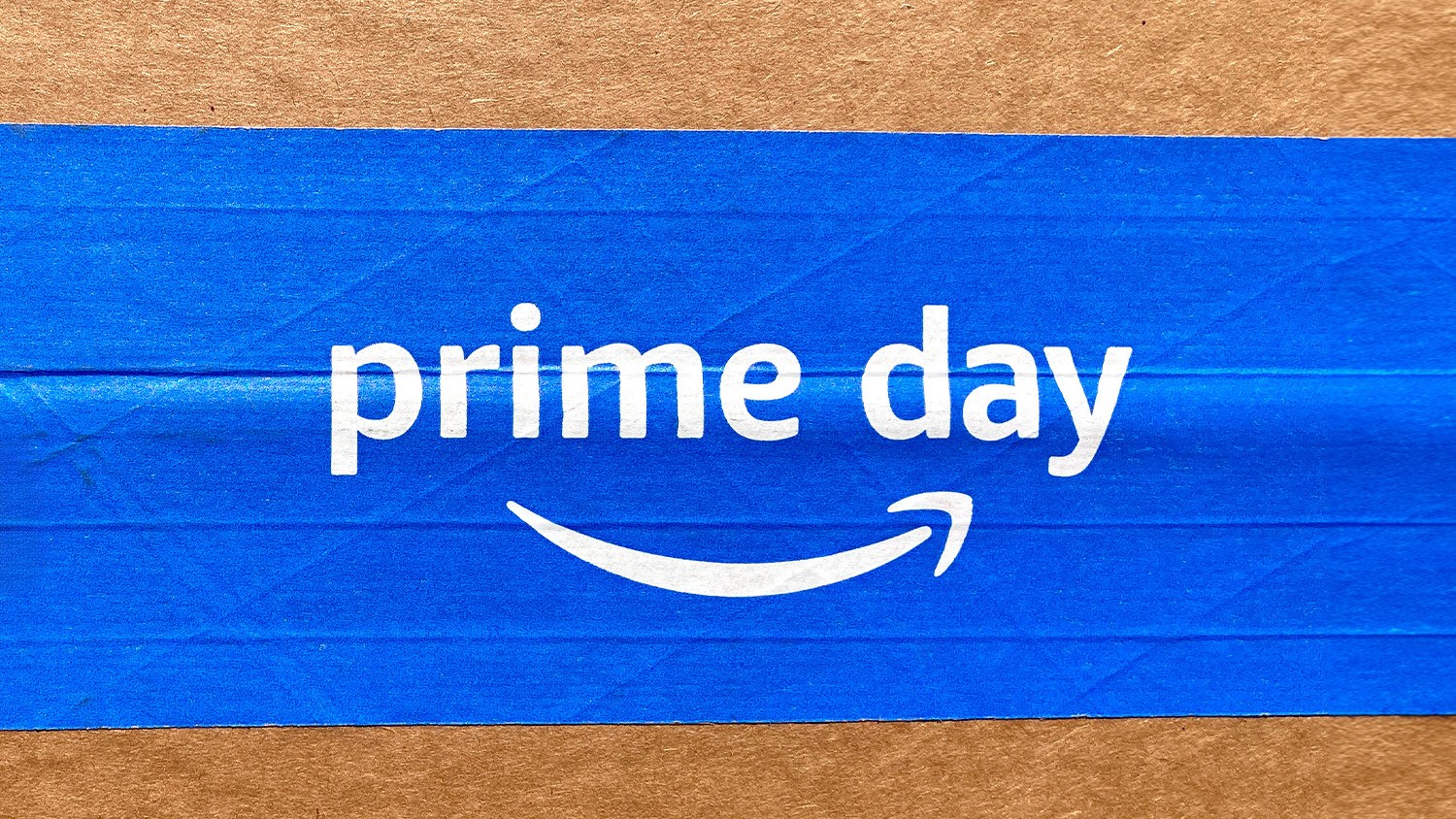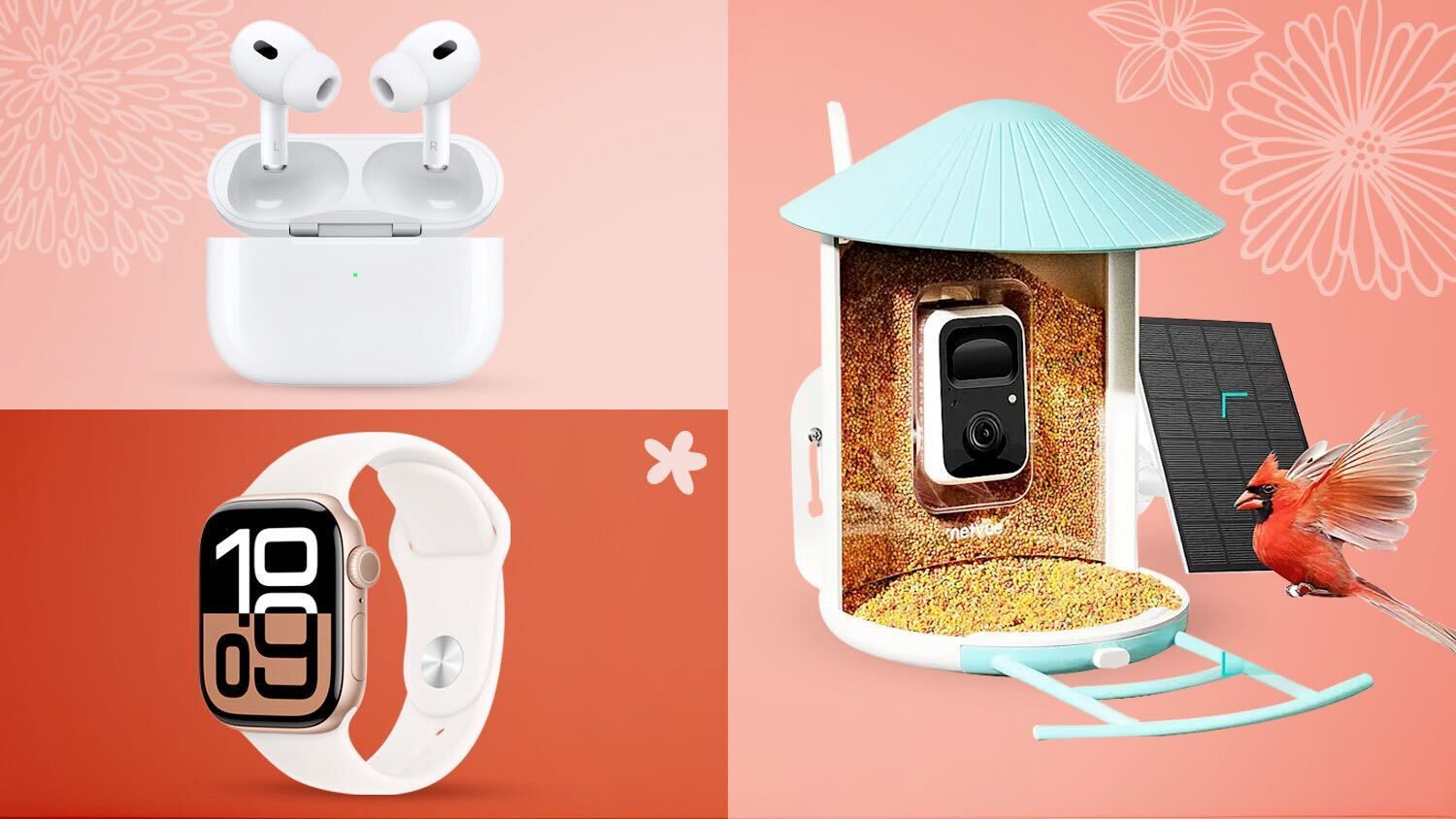Juul said its e-cigarette is designed to help current smokers switch to something safer and healthier. And the company told us their own recent survey showed 64 percent of smokers who switched to their product dropped cigarettes completely.
The problem: the product is also popular with teens – something Juul said it never intended.
“Juul is a product for adult smokers. And they have adopted it.”
Juul’s Ashley Gould said it’s adults, like those featured in the company’s current marketing campaign, who are the product’s target market. Mature smokers who want to switch from cigarettes to Juul, the e-cigarette that resembles a USB drive.
Gould said the company aimed to eliminate the smell and social stigma of cigarettes – and be healthier.
“This technology has the possibility to enable them to continue to have nicotine in the way it’s delivered in a cigarette without the combustion and thereby the promise of not having to die from it.”
And Juul has taken off: it commands over 60 percent of the e-cigarette market.
“And what do you think explains that?”
“Honestly, I think it’s when a smoker finds a product like Juul that works for them, they go and tell other smokers that they’re close with. And that is what I think has driven the adoption of Juul.”
But something else appears to be driving Juul’s popularity, too – its appeal to kids.
"One pod has much nicotine as a pack of cigarettes," @annawerner reports. https://t.co/IQBQWifrQw pic.twitter.com/LJuXiyHODd
— CBS This Morning (@CBSThisMorning) June 14, 2018
On social media, teens post photos and videos of themselves ‘juuling’, with hashtags like “do it for juul.”
“The problem here is everyone was asleep at the switch.”
Matt Myers heads the Campaign for Tobacco-Free Kids.
“And by the time we woke up we had an epidemic on our hands,” he added.
“You call this an epidemic?”
“This is absolutely an epidemic. I’ve never seen anything like this. I’ve never seen a tobacco-related product spread across this country as fast among young people as this product.”
A whole new generation of young people, he said, who could wind up addicted to nicotine for life.
Like Julien Lavandier, who says he started in his late teens after using other e-cigarettes, and told us now, he can’t quit.
“It’s impossible. It seems like it,” he said. “It is a vicious cycle because the more I use the more I need to use, the harder it will be for me to ever stop and quit.”
Myers and other anti-tobacco groups also point to Juul’s early social-media marketing, that they say echoed prior big tobacco campaigns, with youthful images, groups of young people, and bright colors.
The company insisted it never deliberately targeted kids and was caught unprepared.
“I think it’s a combination of the company was very small and the product took, took off very fast. And we had to scale everything in the company extremely quickly. And we’re still, frankly, working on it today,” said Gould.
“But at a certain point, I think people say, ‘OK, but you’re not that anymore. And isn’t there more that you could do, because once kids are addicted, most of them, a lot of them, are addicted for life.'”
“There is more we can do. And there’s more we need to do,” replied Gould.
Juul said it’s spending $30 million on youth prevention programs and is working with social media platforms to remove images of teens using the product.
When told about the company’s response that they didn’t know kids would become addicted, Myers took issue with that.
“That’s their job. When you market a product that is highly addictive, knowing that youth tobacco use is a longtime problem, it’s your responsibility.”
“So you’re saying they either knew or they should have known.”
“They absolutely either knew or should have known. They looked the other way because overnight, their product became a phenomenon.”























